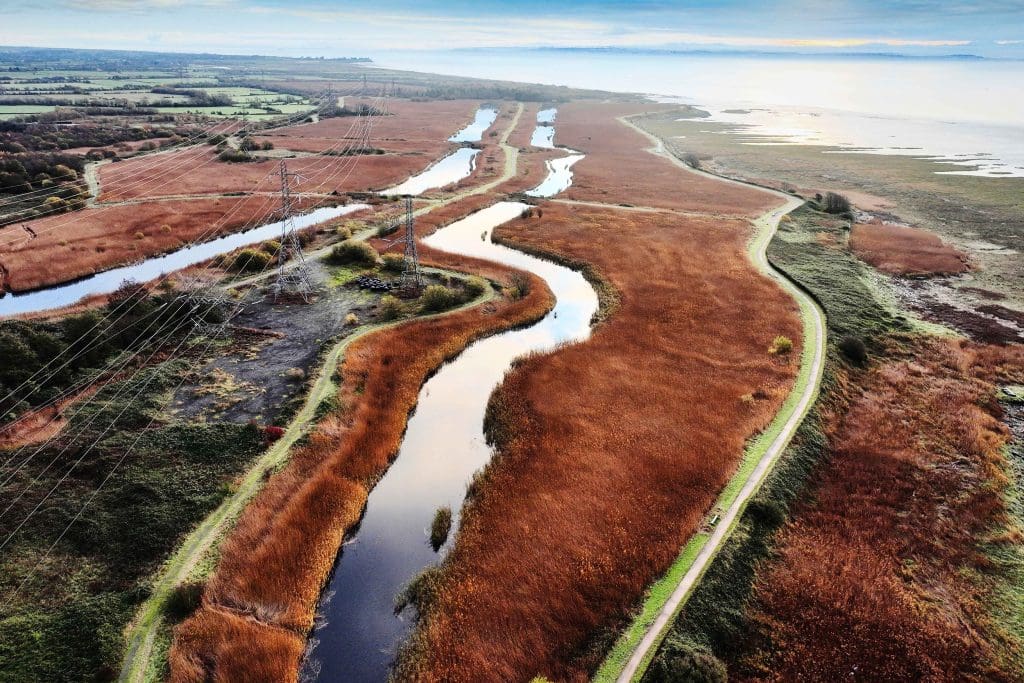Freshwater
Atlantic Salmon, RSPB Haweswater
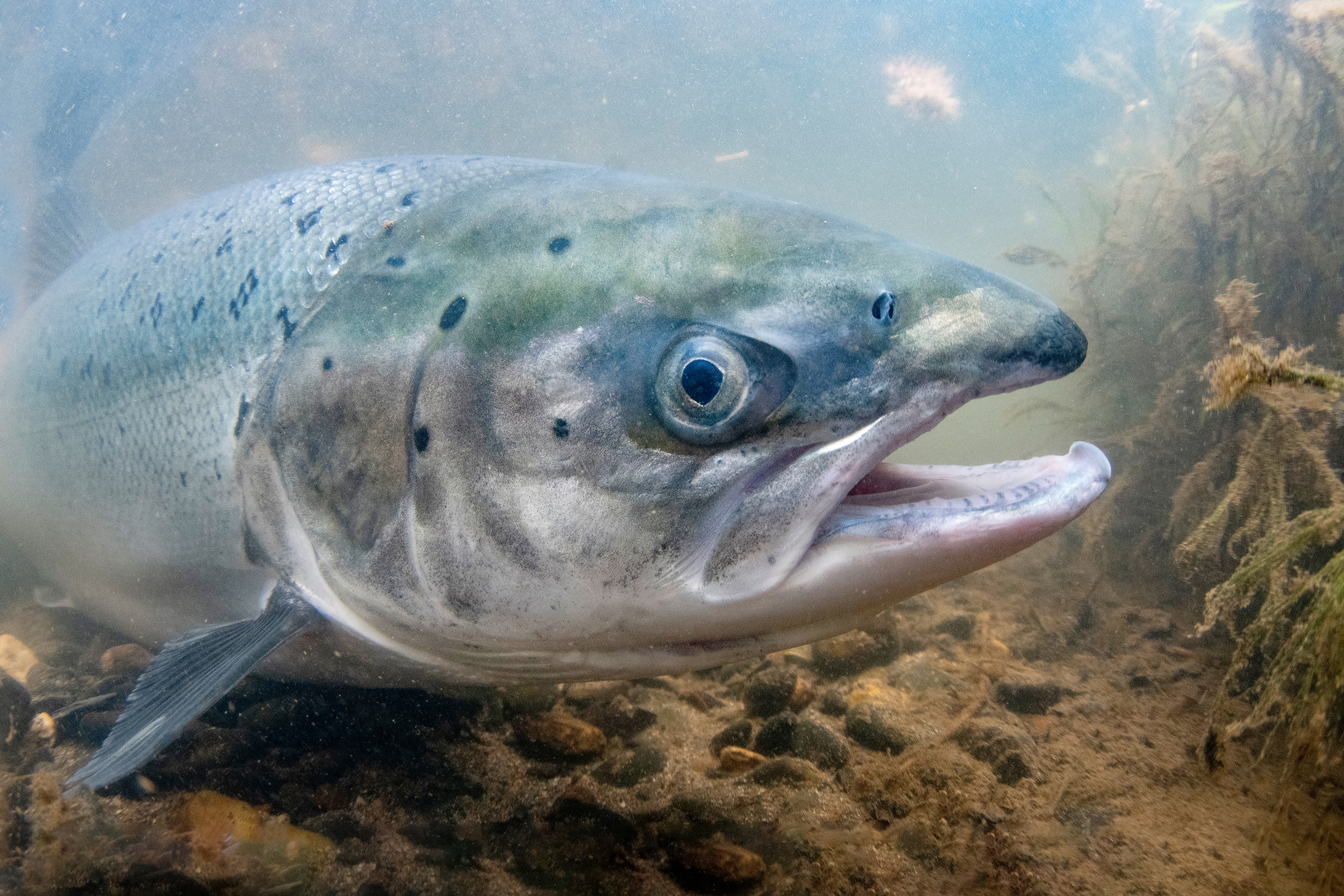
Atlantic salmon. Photo: Jack Perks (rspb-images.com)
The Salmon weren’t here. Now they are. This river was straight. Now it’s gorgeously wiggly again, chuckling languidly along a glacial scoop, riffling over stones and flinging up little shingle beaches with every joyful shake of its curves.
The painstaking restoration of Swindale Beck to its natural, winding course slowed its flow and invited the Salmon back. Despite generations of exile, their collective ancestral memory guided them from the deep Atlantic, through the Solway Firth and into the Cumbrian fells.
But it’s their final journey. Joy and sorrow mingle in my heart as I spot a mottled flank swaying in the current, performing her last act for the new generation as she entrusts her clutch to the now-shallow riverbed. A nearby male will fertilise her eggs before they both drift away, exhausted from their journey, and they’ll likely soon meet with an Otter, heron or Fox. But their work here is done, and it’s fantastic to have them back.
Getting there: Visit wildhaweswater.co.uk for hiking and biking routes and parking information. The nearest train station is Penrith (14 miles).
Woodlands
Forest fungi, RSPB Carngafallt

Yellow stagshorn. Photo: Jennie Smith (rspb-images.com)
This place feels otherworldly. Time stands still. The Raven King can be heard cackling as he tumbles through the treetops; the primeval air is scented with petrichor; the damp ground blanketed in pillows of emerald moss that deaden every sound; and ancient twisted boughs are festooned with beard lichen like bunting. This place feels full of magic.
Something brighter catches my eye. Tiny, static flames roar from a crevice in the moss like an enchanted fire. Yellow Stagshorn fungus. As my eyes attune to finer details, strange gems reveal themselves across the forest: glistening copper Jelly Ears; ruby Fly Agarics; tree-trunks dressed in frilled-lace Petticoat Mottlegill. It’s not Alice’s wonderland. Today, it’s mine.
Getting there: Rhayader is 3 miles by bus. Cycle on Sustrans Route 6. Nearby Elan Valley Visitor Centre has six Blue Badge spaces.
Coast
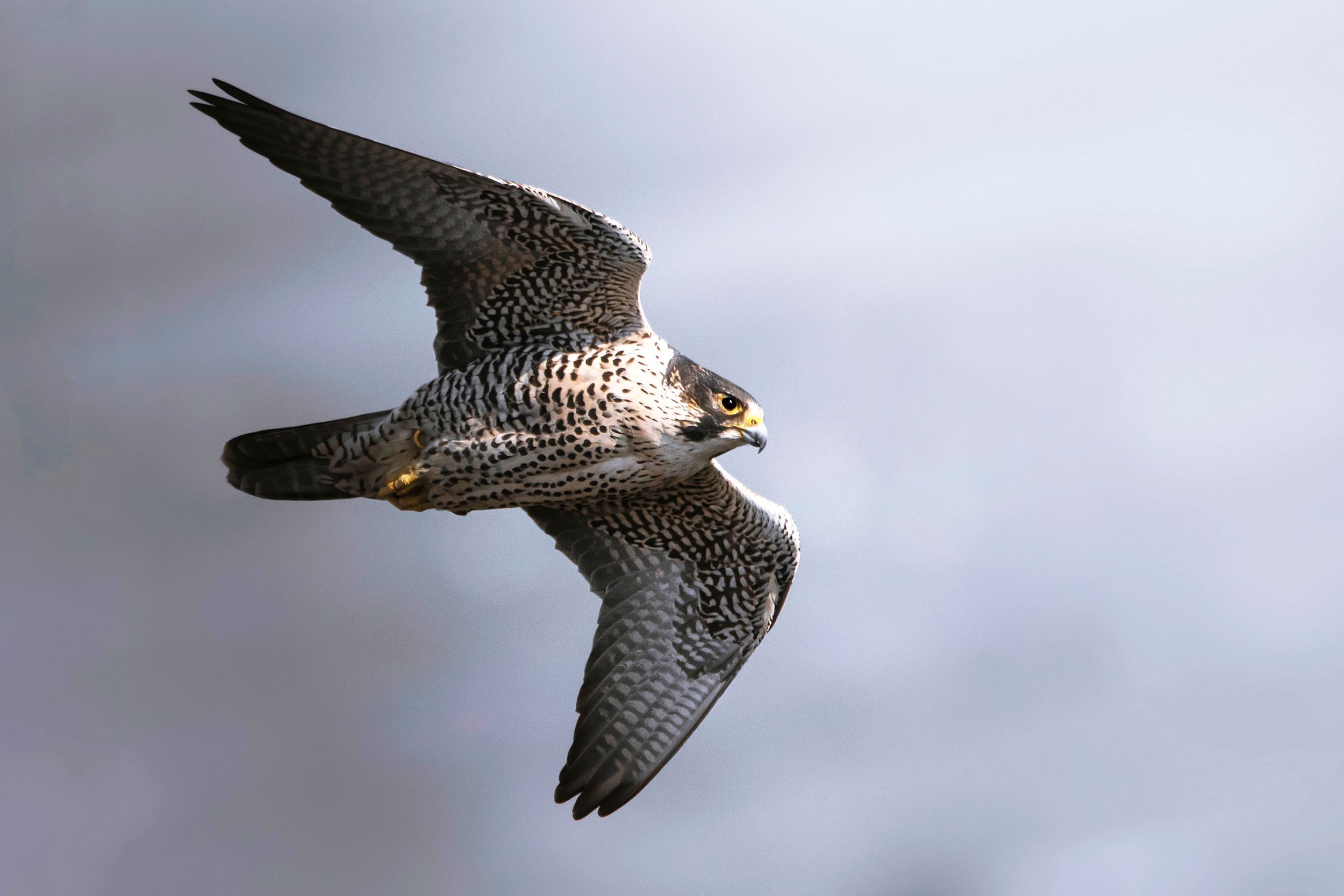
Peregrine falcon. Photo: Rachel Bigsby (rspb-images.com)
Everything seems to be hunkered down against the stiff winter breeze that roars in from the North Atlantic. Myself; the distant buildings and trees across the estuary; the low grey hills and goose-filled stubble fields; the dark mounds of Bladderwrack washed up on the rippled sand; and the huge flock of wading birds stretching out across the glistening mudflats. They’re all pointing into the wind: Knots, Curlews, godwits, one or two Oystercatchers.
Suddenly, their stillness erupts. The Knots take to the air in a frenzy. Then I see what they’ve seen: the silhouette of a lone Peregrine, diving into their murmuration. I can’t see what happens, but the aerial show is mesmerising. They part in the sky like shoaling fish curving away from a dolphin, and I’m struck by how life above the water mirrors that below.
Getting there: The closest station is Derry, 8 miles away, and the nearest bus stop is 1 mile away at Ballykelly. There’s no car park, but a few laybys.
Grasslands

Golden Eagle. Photo: Paul Sawer (rspb-images.com)
I once felt a deep thrill of joy reverberate through my whole being when a 1940s Spitfire rumbled over my head, unmistakeable by its doppler-effect throbbing.
I feel exactly the same right now; rooted to this moment in time as a bird the size of my front door slides through the air towards the ridgeline. It’s a Golden Eagle passing over the rainforest, carrying a very large stick. No time for binoculars; my gaze meets the bird’s but it glides languidly onwards, completely unperturbed by my presence below. It fades spectrally into the early winter mist that shrouds the crags – where, somewhere, an eyrie is being prepared for new life in spring. With up to 75% of young birds dying before reaching a mature age, I hope I have been witness to the beginning of a success story.
Getting there: The nearest train station, Fort William, has bus connections. See shielbuses.co.uk for bus connections to the reserve.
Listen to this feature here:
You might also like
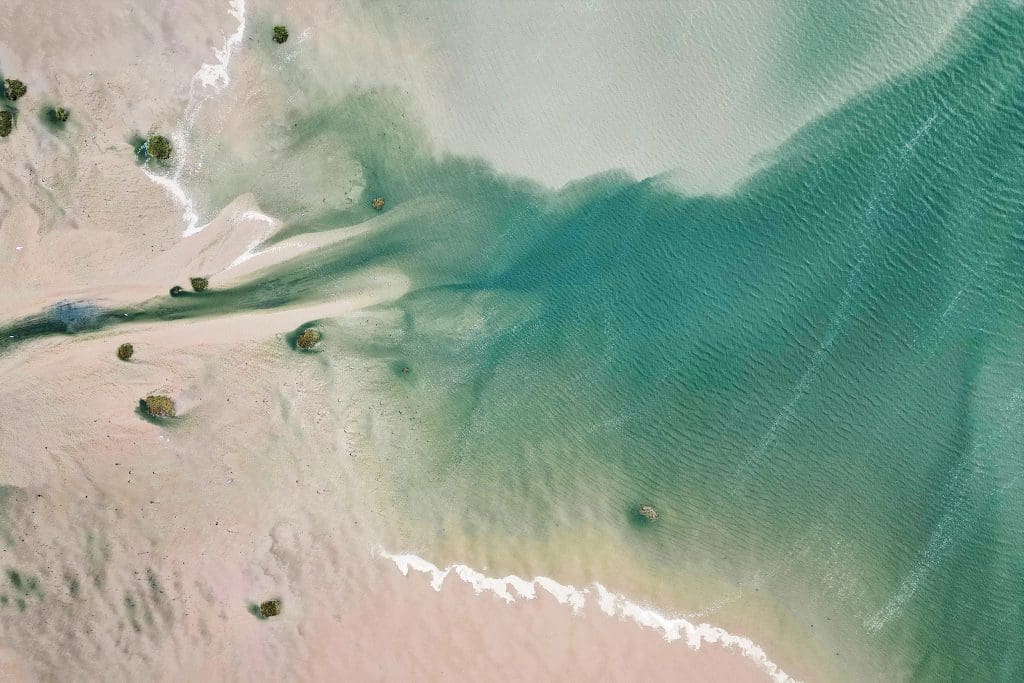
Ribble Estuary
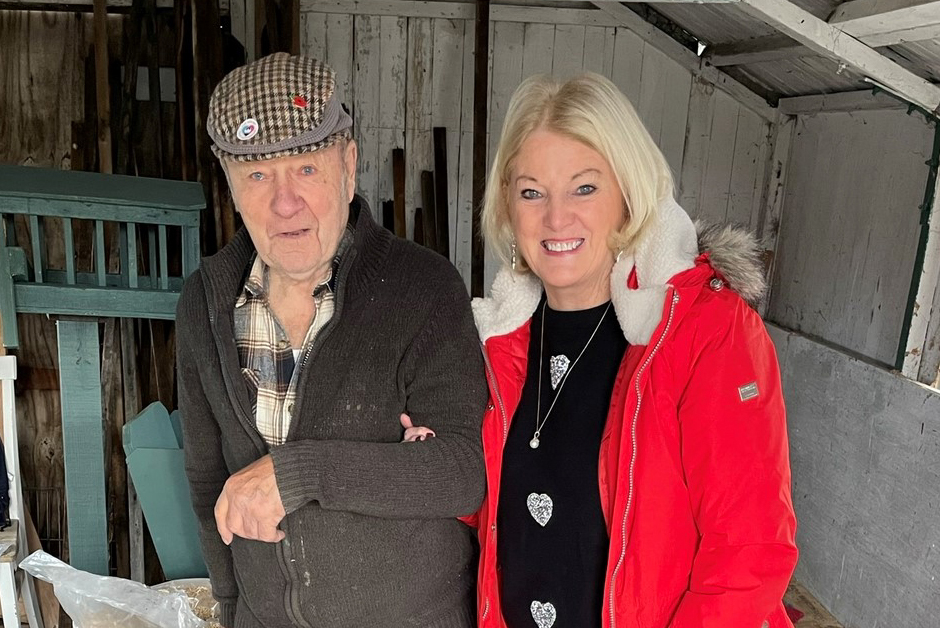
Your say – autumn/winter 2023
